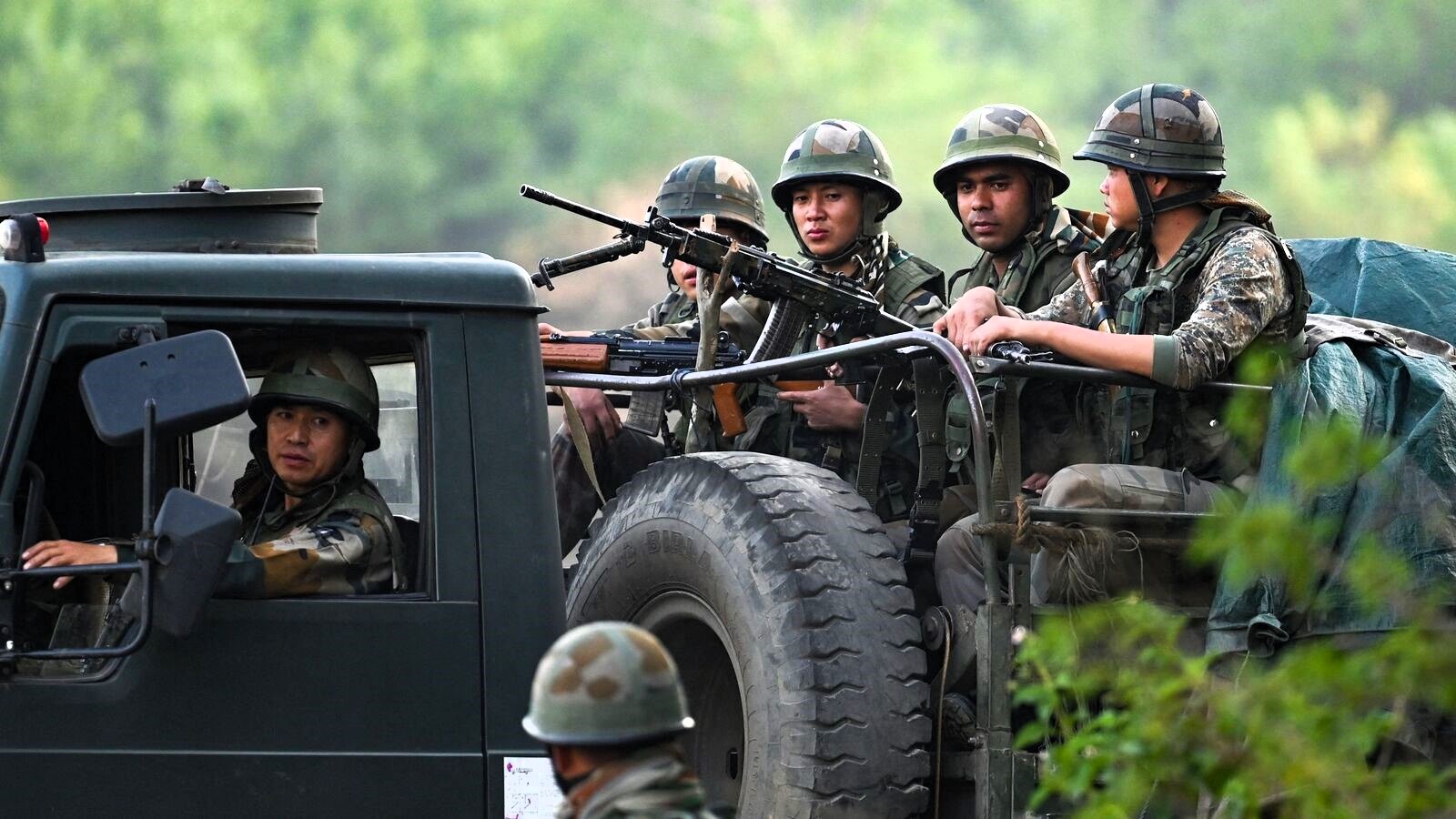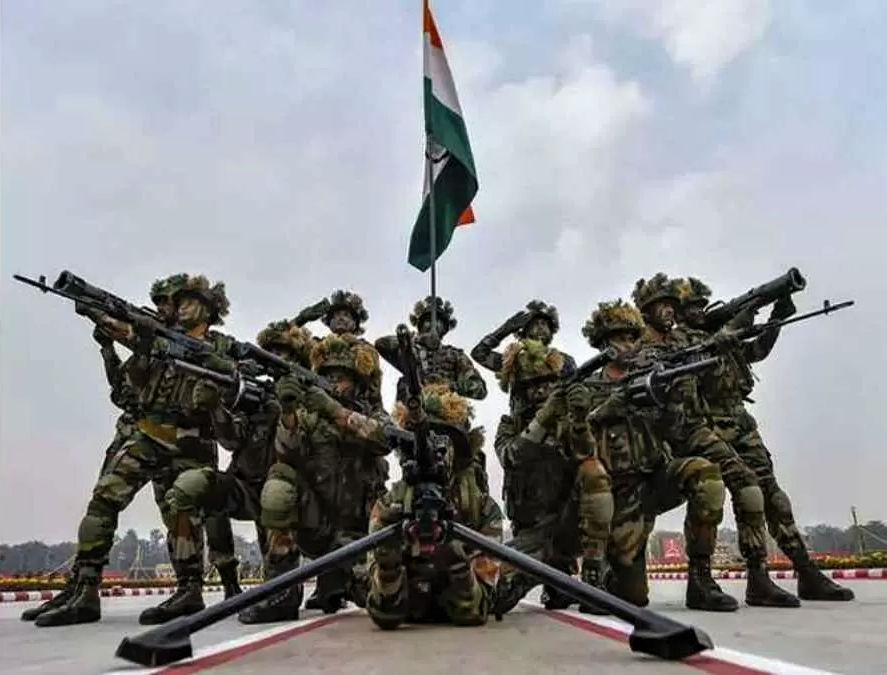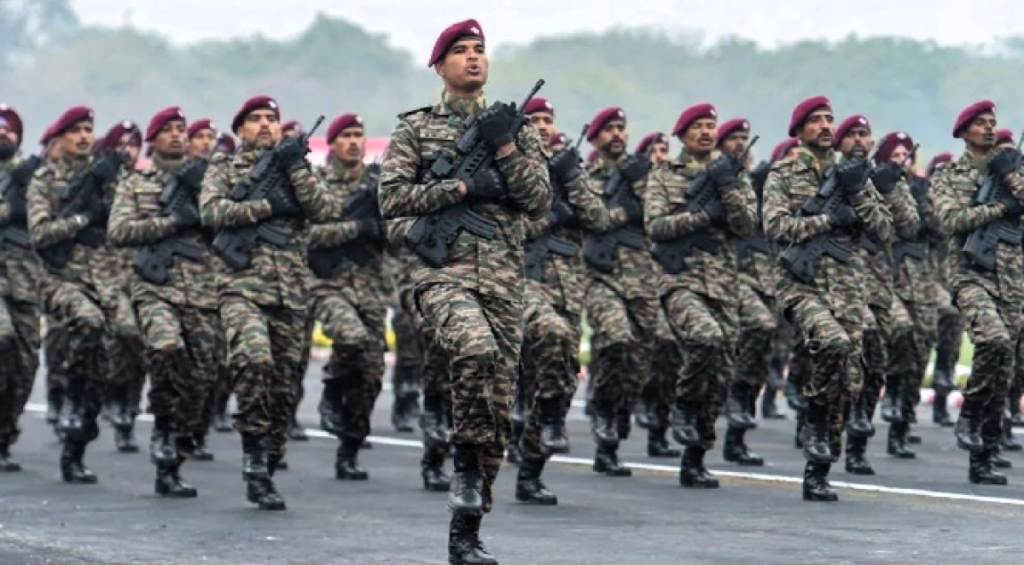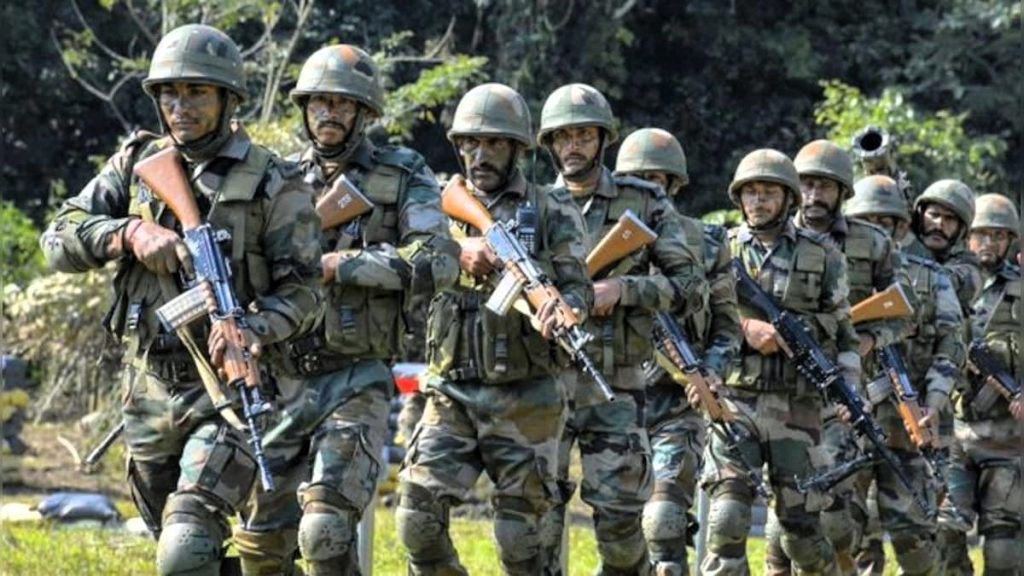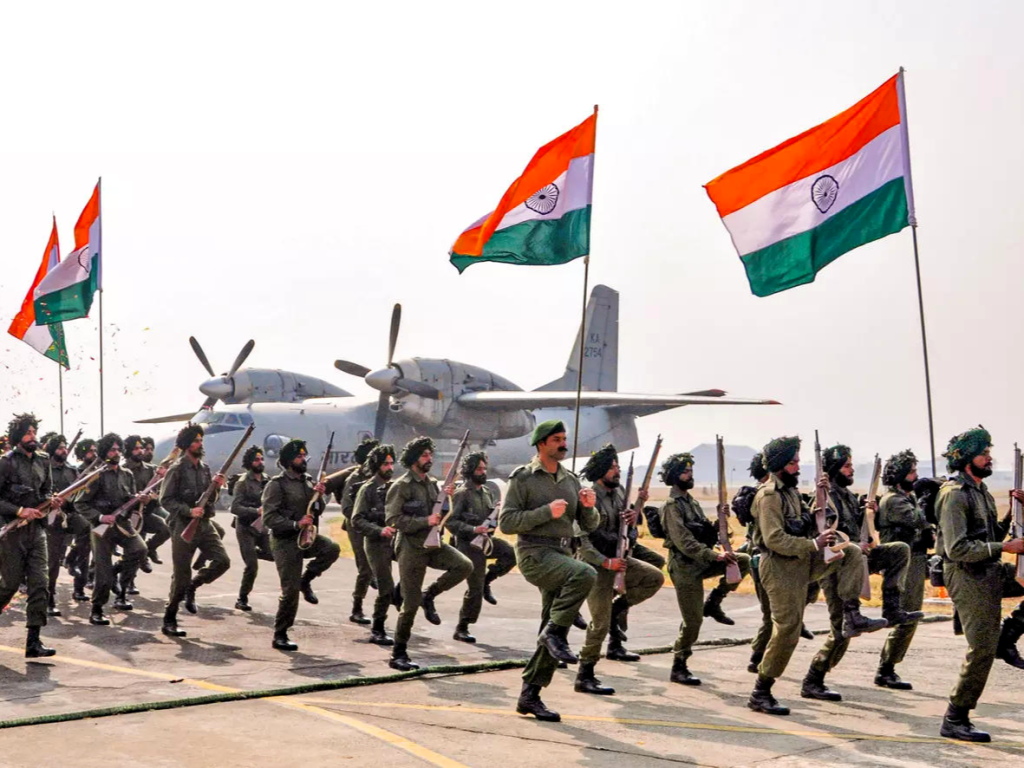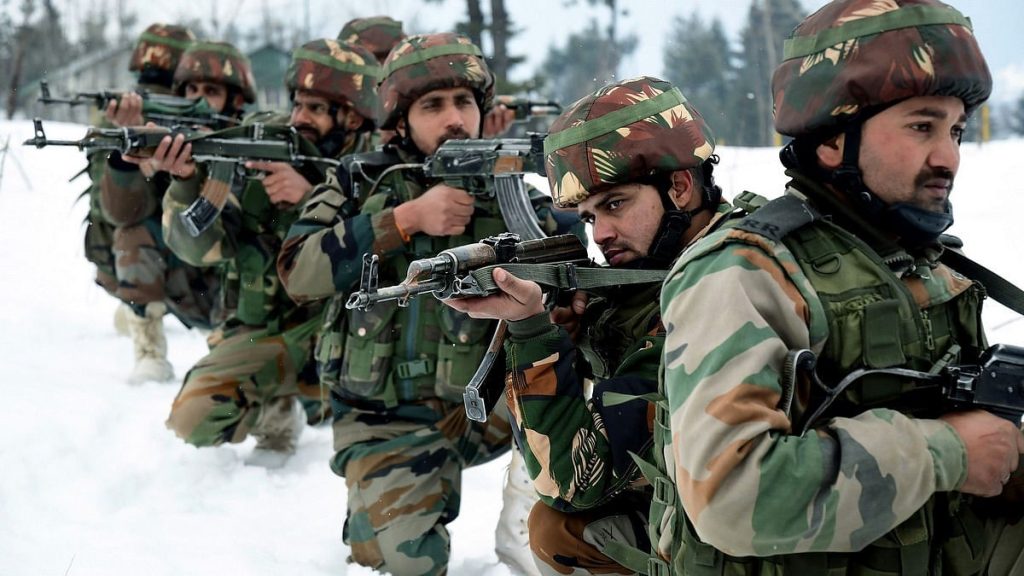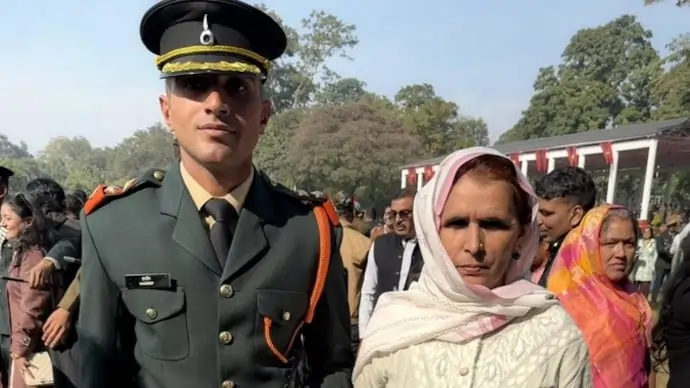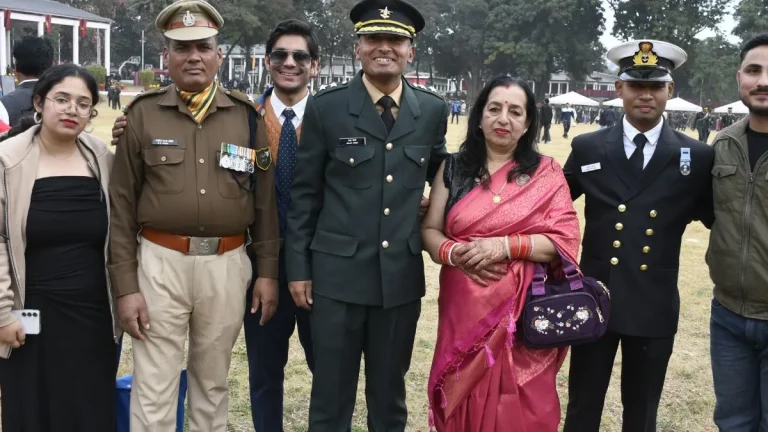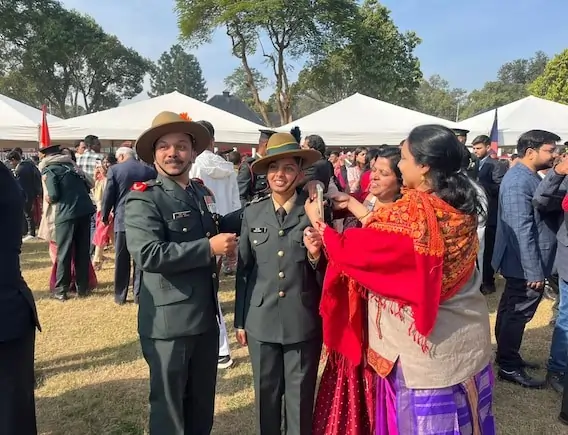Choosing between two paramilitary forces like the Border Security Force (BSF) and the Sashastra Seema Bal (SSB) can be a daunting task for individuals considering a career in the defense sector. Both BSF and SSB play crucial roles in safeguarding the nation’s borders and ensuring internal security. However, several factors distinguish them in terms of their roles, responsibilities, and work environment. In this article, we’ll delve into the intricacies of both BSF and SSB to provide a comprehensive comparison and help individuals make an informed decision.
Overview
Before diving into the specifics, let’s get an overview of both paramilitary forces:
Border Security Force (BSF)
Established in 1965, the Border Security Force is one of India’s primary border-guarding forces. Its primary objective is to ensure the security of India’s borders, particularly the land borders, during peacetime and prevent trans-border crimes.
Sashastra Seema Bal (SSB)
Formed in 1963, the Sashastra Seema Bal is a specialized paramilitary force entrusted with safeguarding India’s borders with Nepal and Bhutan. It operates under the Ministry of Home Affairs and focuses on border security, counter-insurgency, and internal security operations.
Area of Operations
Understanding the geographical areas each force operates in is crucial in making an informed decision:
Border Security Force (BSF)
- Borders Guarded: BSF primarily guards the borders with Pakistan and Bangladesh, covering a vast expanse of challenging terrain.
- Challenges: It plays a vital role in maintaining border integrity and preventing infiltration, smuggling, and other illegal activities.
Sashastra Seema Bal (SSB)
- Borders Guarded: SSB is responsible for securing the borders with Nepal and Bhutan.
- Challenges: It actively combats cross-border crimes, human trafficking, and illegal activities along the border regions.
Roles and Responsibilities
The specific duties and responsibilities undertaken by each force vary:
Border Security Force (BSF)
- Primary Focus: Border security, particularly with Pakistan and Bangladesh.
- Additional Responsibilities: BSF is also deployed for internal security duties during times of emergencies, natural disasters, and civil unrest. It assists law enforcement agencies in maintaining peace and order in conflict-prone areas.
Sashastra Seema Bal (SSB)
- Primary Focus: Border security with Nepal and Bhutan.
- Additional Responsibilities: In addition to border security, SSB is involved in counter-insurgency operations, disaster management, and civil unrest situations. It collaborates with local law enforcement agencies and paramilitary forces to maintain peace and stability in border areas.
Recruitment and Training
The process of recruitment and training is rigorous for both BSF and SSB:
Border Security Force (BSF)
- Recruitment: Through stringent selection procedures, including written examinations, physical tests, and interviews.
- Training: Involves both physical fitness and specialized skills required for border guarding and combat situations.
Sashastra Seema Bal (SSB)
- Recruitment: Similar to BSF, recruitment in SSB is based on stringent selection criteria, including written exams, physical tests, and interviews.
- Training: Focuses on developing combat skills, border patrolling techniques, and crisis management abilities.
Work Environment
The work environment significantly impacts the daily lives of personnel:
Border Security Force (BSF)
- Living Conditions: Working in BSF entails living in remote border areas, often in harsh conditions.
- Continuous Training: Personnel undergo continuous training to enhance their skills and readiness for any eventuality. The job demands dedication, discipline, and a strong sense of national duty.
Sashastra Seema Bal (SSB)
- Remote Areas: SSB personnel operate in remote border regions, facing challenges such as rugged terrain, adverse weather conditions, and cultural diversity.
- Community Engagement: They work closely with local communities to gather intelligence and maintain cordial relations for effective border management.
Here’s a tabular representation highlighting the differences between the BSF and SSB:
| Aspect | Border Security Force (BSF) | Sashastra Seema Bal (SSB) |
|---|---|---|
| Establishment | Established in 1965 | Formed in 1963 |
| Primary Objective | Ensuring the security of India’s borders, particularly with Pakistan and Bangladesh | Safeguarding India’s borders with Nepal and Bhutan |
| Area of Operations | Guards borders with Pakistan and Bangladesh | Secures borders with Nepal and Bhutan |
| Challenges Faced | Maintaining border integrity, preventing infiltration, smuggling, and illegal activities | Combating cross-border crimes, human trafficking, and illegal activities along the border regions |
| Additional Responsibilities | Internal security duties during emergencies, natural disasters, and civil unrest. Assists law enforcement agencies in conflict-prone areas | Involved in counter-insurgency operations, disaster management, and civil unrest situations. Collaborates with local law enforcement agencies and paramilitary forces for peace and stability in border areas |
| Recruitment Process | Stringent selection procedures including written examinations, physical tests, and interviews | Similar to BSF, recruitment is based on stringent selection criteria such as written exams, physical tests, and interviews |
| Training Focus | Development of physical fitness and specialized skills required for border guarding and combat situations | Emphasis on combat skills, border patrolling techniques, and crisis management abilities |
| Work Environment | Involves living in remote border areas, often in harsh conditions. Continuous training to enhance skills and readiness | Operating in remote border regions, facing challenges like rugged terrain, adverse weather conditions, and cultural diversity. Works closely with local communities for intelligence gathering and effective border management |
Conclusion
Choosing between BSF and SSB depends on individual preferences, career aspirations, and personal circumstances. While BSF primarily guards the borders with Pakistan and Bangladesh, SSB focuses on the borders with Nepal and Bhutan. Candidates should carefully assess the roles, responsibilities, training requirements, and work environments of both forces before making a decision. Ultimately, serving in either BSF or SSB offers a rewarding and honorable career dedicated to the service of the nation.
FAQs
Q1: What factors should I consider when deciding between BSF and SSB?
Factors such as the nature of duties, area of operations, recruitment process, training focus, work environment, and personal career aspirations should be considered. Assessing these aspects will help you make an informed decision.
Q2: Which force is responsible for guarding borders with Pakistan and Bangladesh?
The Border Security Force (BSF) is primarily responsible for guarding the borders with Pakistan and Bangladesh.
Q3: Does SSB focus solely on border security?
No, while border security is a significant aspect of its duties, the Sashastra Seema Bal (SSB) is also involved in counter-insurgency operations, disaster management, and civil unrest situations.
Q4: Are the recruitment processes similar for BSF and SSB?
Yes, both BSF and SSB follow stringent selection criteria, including written examinations, physical tests, and interviews, for recruitment.
Q5: What are the primary challenges faced by BSF personnel?
BSF personnel face challenges such as maintaining border integrity, preventing infiltration, smuggling, and other illegal activities along the borders with Pakistan and Bangladesh.
Q6: What distinguishes the work environment of BSF from SSB?
BSF personnel often live in remote border areas, facing harsh conditions, whereas SSB personnel operate in remote border regions, dealing with rugged terrain, adverse weather, and cultural diversity.
Q7: Which force offers opportunities for personal and professional growth?
Both BSF and SSB offer rewarding career opportunities dedicated to serving the nation, providing individuals with diverse experiences and opportunities for growth.
Q8: Can I switch between BSF and SSB during my career?
While it’s not common, in certain cases, personnel may be transferred between paramilitary forces based on organizational needs and individual preferences.
Q9: What should be my priority while making a decision between BSF and SSB?
Your priority should be aligning your career goals, interests, and values with the responsibilities, challenges, and opportunities offered by either BSF or SSB.
Q10: How can I gather more information to make an informed decision?
Researching online, speaking with current or former personnel of BSF and SSB, consulting career counselors, and attending recruitment seminars or events can provide valuable insights to aid in your decision-making process.
